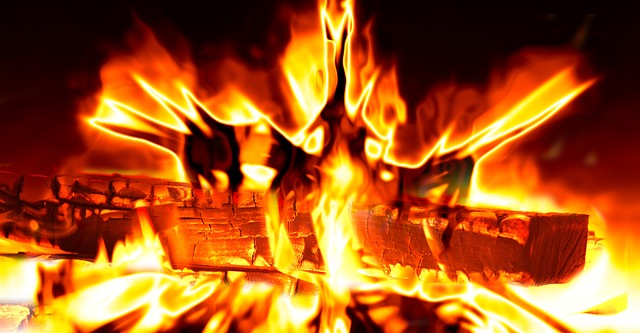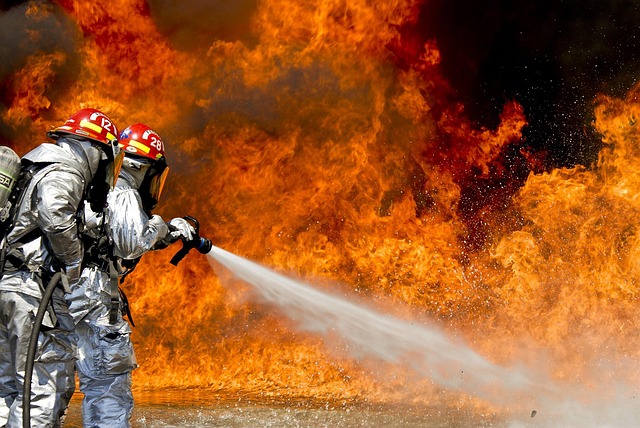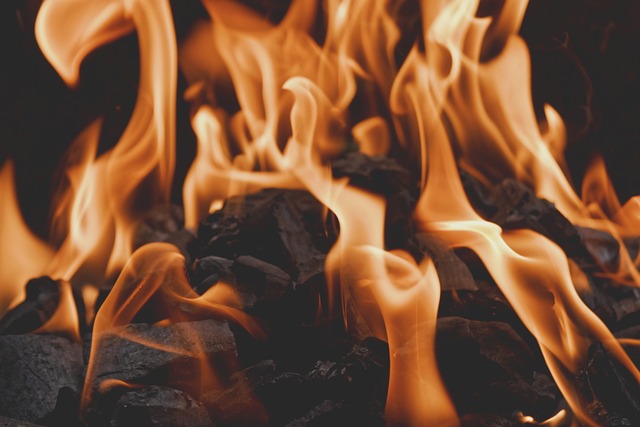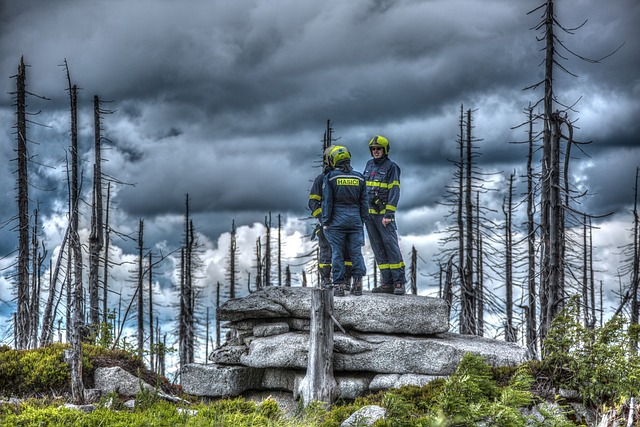Selling or buying a fire-damaged property in California requires a deep understanding of assessment, legal obligations, and unique challenges. A comprehensive fire damage assessment evaluates structural integrity, environmental hazards, and rebuilding costs. Sellers must disclose known issues transparently to support informed buyer decisions, while buyers face repair needs, liability concerns, and lender scrutiny. Understanding inspection, repair, and renovation processes is crucial for successful transactions. California's market trends show growing interest in fire-damaged homes due to demographic shifts, economic conditions, and government incentives, fostering community revitalization.
“Navigating the Complexities of Buying Fire-Damaged Properties in California: A Comprehensive Guide. After a devastating fire, many homeowners in California find themselves facing an uncertain future. For prospective buyers, this presents a unique set of challenges and opportunities. This article delves into the intricacies of fire damage assessments, legal obligations for sellers, and the steps involved in purchasing and renovating these properties. We explore market trends, potential incentives, and offer insights to help buyers make informed decisions when considering a fire-damaged house in California.”
- Understanding Fire Damage Assessments in California Real Estate
- The Legal and Ethical Obligations of Sellers
- Common Challenges Faced by Fire-Damaged Property Buyers
- Inspection, Repair, and Renovation Processes for Buyers
- Market Trends and Potential Incentives for Purchasing Damaged Properties
Understanding Fire Damage Assessments in California Real Estate

In California, fire-damaged property buyers face unique challenges when navigating the real estate market. A comprehensive fire damage assessment is crucial for both parties involved in a transaction. These assessments go beyond mere visual inspections, delving into structural integrity, environmental hazards, and potential rebuilding costs. Professional appraisers utilize specialized knowledge and tools to evaluate every aspect of a fire-damaged property, providing a detailed report that aids in setting realistic expectations for buyers and sellers alike.
When considering selling a fire damaged house in California, understanding this assessment process is essential. It helps buyers make informed decisions by revealing the extent of damage and potential repair needs. Conversely, it equips sellers with accurate information to price their properties competitively in the market, ensuring a smoother transition during the sale.
The Legal and Ethical Obligations of Sellers

When it comes to selling a fire-damaged house in California, sellers have both legal and ethical obligations to potential buyers. It’s crucial for them to disclose any known issues related to the property, including structural damage caused by fires. This transparency is not just a matter of integrity; it’s also mandated by law. In California, real estate transactions are heavily regulated, and failure to disclose significant defects can lead to legal repercussions.
Sellers must provide accurate information about the condition of the property, ensuring buyers make informed decisions. This includes disclosing any fire damage, providing details about repairs made or needed, and offering relevant documentation. Ethical selling practices involve being honest about the past of the house, as it directly impacts the safety and value of the property. Buyers rely on this transparency to make significant financial commitments, so sellers have a responsibility to uphold the highest standards of honesty and disclosure.
Common Challenges Faced by Fire-Damaged Property Buyers

Buying a fire-damaged property in California can be a complex and challenging process for prospective homeowners. One of the primary hurdles is navigating the legal and insurance aspects, as buyers must thoroughly understand the scope of damage and the potential liability involved. Many fire-damaged homes require extensive repairs, which can lead to significant financial commitments and delays in the buying process. This is especially true if the seller has not conducted proper maintenance or if the damage was severe.
Additionally, selling a fire-damaged house California buyers often face scrutiny from lenders who may be reluctant to provide financing for such properties. The presence of asbestos, lead paint, or other hazardous materials commonly found in older homes adds complexity and raises concerns about health and safety. Buyers must also consider the emotional impact of purchasing a property that once endured a fire, ensuring they are prepared for the potential psychological challenges that come with acquiring a damaged residence.
Inspection, Repair, and Renovation Processes for Buyers

When considering buying a fire-damaged property in California, understanding the inspection, repair, and renovation processes is crucial. The first step involves a thorough inspection to assess the extent of the damage. This includes evaluating structural integrity, identifying hidden hazards like mold or asbestos, and assessing the electrical and plumbing systems. A professional inspector will create a detailed report, which serves as a roadmap for the buyer’s decision-making process.
The repair phase requires careful planning and budget allocation. Buyers must hire licensed contractors experienced in fire restoration to ensure the work is done correctly and safely. This process involves removing damaged materials, repairing or replacing structural components, and restoring essential systems. Renovations may include updating fixtures, repainting, and incorporating modern amenities. Selling a fire-damaged house in California necessitates transparency throughout these stages to manage expectations and potentially attract buyers who appreciate the potential of such properties.
Market Trends and Potential Incentives for Purchasing Damaged Properties

The market trends in California, especially regarding selling a fire-damaged house, have shown an intriguing shift over the years. While traditional buyers might shy away from such properties due to perceived costs and hassle, a growing segment of purchasers are recognizing the potential incentives that come with these unique real estate opportunities. This change is partly driven by demographic shifts and economic conditions, as well as the resilience and innovative spirit of many Californians.
Incentives can range from attractive price points, given the initial investment required for repairs, to various government programs designed to aid in reconstruction after natural disasters. Tax credits, grants, and low-interest loans are some of the financial boosts available to those who decide to sell a fire-damaged house in California. These incentives not only make purchasing such properties more feasible but also contribute to the revitalization of affected communities, showcasing that even amidst challenges, there can be opportunities for growth and renewal.
When considering purchasing a fire-damaged property in California, buyers must navigate a complex landscape. Understanding assessment processes, legal obligations of sellers, and potential challenges is crucial. The article has explored these aspects, highlighting the importance of thorough inspections, renovation processes, and market trends that can offer incentives for buying damaged properties. Remember that, while it may be a game-changer for some, navigating this process requires diligence and expertise to ensure a successful and ethical purchase, ultimately transforming a potential setback into a vibrant rebirth.






